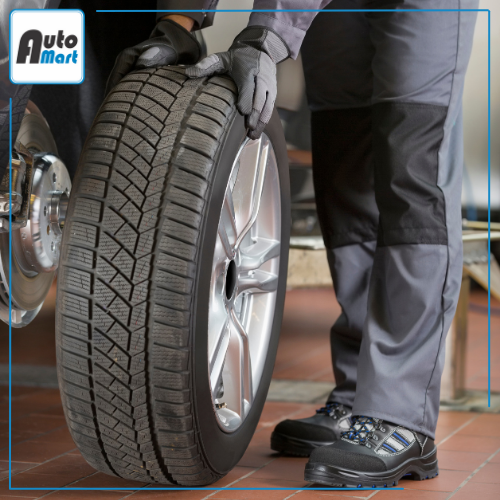Avoid injury from an accident or sitting incorrectly by using the correct driving posture. From adjusting the lumbar support to repositioning the headrest, there are plenty of steps you can take to ensure that you’re sitting correctly. If you’re tall, a compact car will make it difficult to achieve a good driving posture. Need to upgrade your car? Find vehicles for sale on Auto Mart today.
 Photo by Samuele Errico Piccarini on Unsplash
Photo by Samuele Errico Piccarini on Unsplash
Adjust the seat height
While the majority of vehicles aren’t designed with driving posture in mind, you can adjust the seat and steering column according to your individual requirements. Adjust the seat so that your hips are the same height as your knees. You should still be able to see the road and the driving instruments easily.
You shouldn’t have to bend your head for the road to be clearly visible. If the maximum seat height is still not high enough, you can place a cushion on top of the seat. Cushions also decrease vibrations, which help to avoid injury. It’s advisable to leave a minimum gap of two fingers between the back of your knee and the bottom of the car seat.
Move the headrests
Most vehicles are fitted with headrests that can be repositioned. The height of the headrest should be modified so that it provides support for the middle of your head. Some headrests can be adjusted forwards and backward. Make sure that you’re sitting upright, that your head is in a neutral position, then reposition the headrest so that it touches the back of your head.
Reposition the seat
Your seat should be positioned so that you can press the foot pedals down to the floor without leaning forward. Your knees should be slightly bent to avoid knee pain. Keep your heels on the floor for extra support. When there’s no need for the clutch, place your left foot on the footrest.

Adjust the lumbar support
If your vehicle has lumbar support, adjust the settings to match your individual requirements. Change the height of this feature so that your lower back is supported. Modify the depth of the support so that it fills the curve of your back. If you’re driving a vehicle that doesn’t have lumbar support, you can roll up a hand towel and use it to provide your lower back with support. Another option is to purchase a foam roller that you can attach to your seat.
Modify the mirrors
Once you’ve got your seat in the right position, turn your attention to your mirrors. Reposition the mirrors so that you can benefit from optimal visibility while driving. Correctly positioned mirrors are essential for your safety as well as your driving posture.
Assess the steering wheel height
The height of the steering wheel should offer you clear visibility of the dashboard. You should also be able to grasp the steering wheel in your position of choice. It’s advisable to hold the wheel mostly with your fingers and avoid holding it tightly.
Check the steering wheel position
Avoid injury by checking that there’s enough room between you and the steering wheel. A minimum space of 25cm to 30cm is required for the airbags to work effectively if an accident takes place. While this is a general guideline, you should check the manufacturer’s specification for details about your specific car model.
The position of the steering wheel also affects your driving posture. The steering wheel should be positioned so that your shoulder blades are in contact with the seat and your arms are bent to approximately 120 degrees.
Now that you know how to correct your driving posture to avoid injury, you can enjoy a more comfortable trip. Find vehicles with awesome features for sale on Auto Mart and upgrade your ride today.




